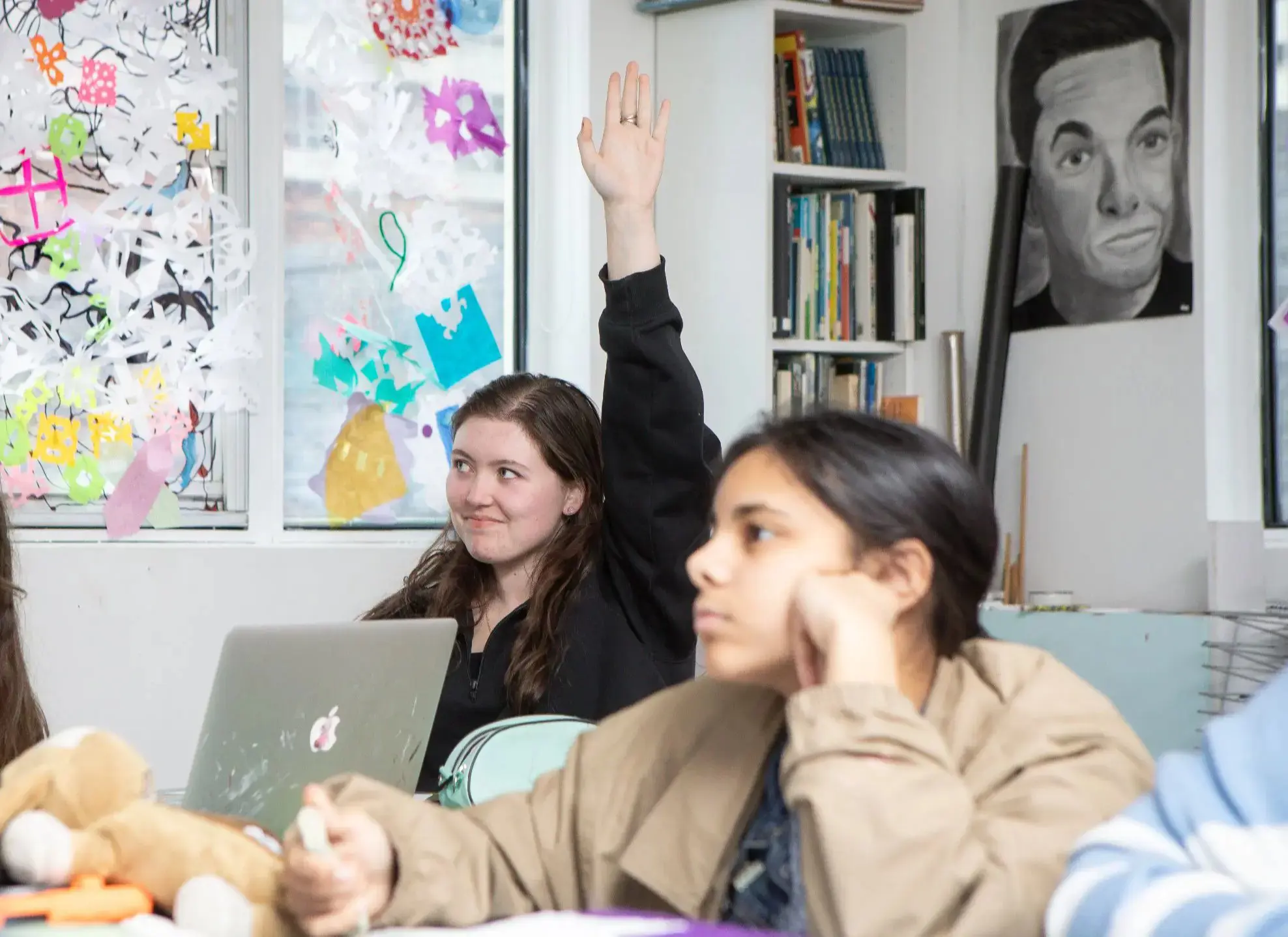Student Voice at the Centre
Our teaching philosophy emphasizes inquiry, collaboration, and critical thinking.
Linden’s advisory model, assessment practices, and differentiated support are grounded in Universal Design for Learning. This approach ensures classrooms are inclusive, flexible, and built around student choice. Educators prioritize relational teaching—getting to know students deeply and creating the conditions for confidence, advocacy, and intellectual engagement to flourish.
Learning That Goes Beyond the Grade
We assess growth not just through report cards, but through dynamic tools that track how students evolve as thinkers and creators.
In Grades 1–8, teachers use benchmark assessments in literacy and numeracy throughout the year, tailoring instruction in real time based on student progress.
In high school, student projects and exams are evaluated against provincial exemplars to ensure consistency and academic rigour.
But Linden students don’t just take tests—they present school-wide talks, conduct real-world research, and develop passion projects that reflect deep learning and personal commitment. From early numeracy to senior-level scientific inquiry, we measure progress with purpose and grow every student’s potential.

